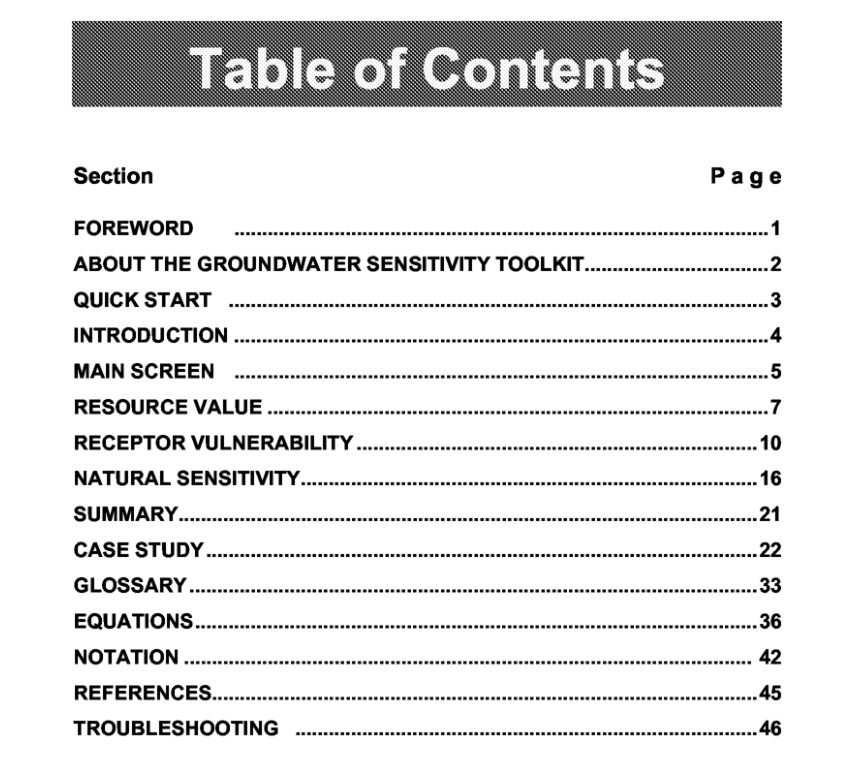API PUBL 4722 pdf download

API PUBL 4722 pdf download,Groundwater Sensitivity
Determination of well yield addresses the ability of a unit to produce water and is a primary concern when deciding if a water-bearing unit with no production or policy information has the potential to become a water supply resource. The well yield is determined from calculations based on hydraulic conductivity, aquifer thickness, and confining head. The software development committee developed the following rules to define Resource Value as a function of well yield based on regulatory approaches used in several states:The quality of water in an aquifer is another primary concern that determines resource value. Total dissolved solids (TDS) adversely affect aquifer quality, and any water produced from a high TDS aquifer often precludes use of a groundwater resource as a water supply.Many of the criteria above are related to drinking water supply issues. For the purposes of this general planning software, the software development committee is assuming that resource value related to water supply issues will be a good estimate in most cases for the value of a water- bearing unit to natural systems.
The Receptor Vulnerability section addresses the impact of a release to groundwater to existing (not potential) receptors that are using groundwater from any hydrogeological unit. An aquifer may be affected by horizontal migration of a contaminant to the extraction point, or by vertical migration from a shallower unit. Two key points are: 1. 2. Analysis of vertical vulnerability will not be needed for the shallowest water-bearing unit, as there is no water-bearing unit above it. The main receptor vulnerability screen allows the user to start with either vertical or horizontal vulnerability, but it is recommended that the user begin by addressing vertical vulnerability first, if there is an upper water-bearing unit above the water-bearing unit of interest. Note that this has been designed by the software development committee to be a conservative analysis and will tend to over predict the risk to existing receptors from an actual or potential release from the site of interest.The Vertical Vulnerability section addresses the potential for the vertical migration of contaminants from a shallower water-bearing unit to the unit of interest. The toolkit addresses the case in which groundwater from an upper aquifer can seep through an aquitard (confining layer) or an artificial penetration to affect the water-bearing unit of interest. Factors that are related to how easily contaminants can travel through the vadose (unsaturated) zone are handled in the Natural Sensitivity section of the software. The vertical transport section examines transport occurring in the following scenario: The unit of interest may receive contaminated groundwater from an upper water-bearing unit by either: 1) groundwater flow through an aquitard or through an artificial penetration (such as an inadequately sealed well or a well that has been screened across multiple units).Four main questions are asked in this section. Questions 1 and 3 are general questions regarding the possibility of transport via aquitard transport or artificial penetration, respectively. Questions 2 and 4 provide the user with supporting calculations to determine if the aquifer could be negatively impacted by a release to an upper unit through aquitard transport or artificial penetration. The user should understand that a “no” answer for either 1 or 3 determine if the calculations in 2 or 4, respectively, are performed.









